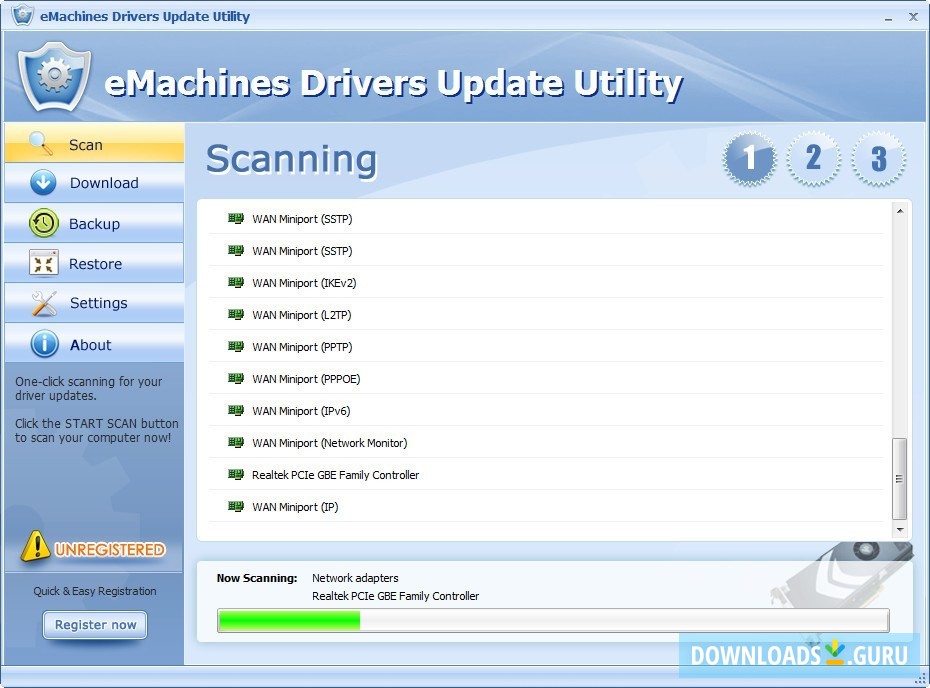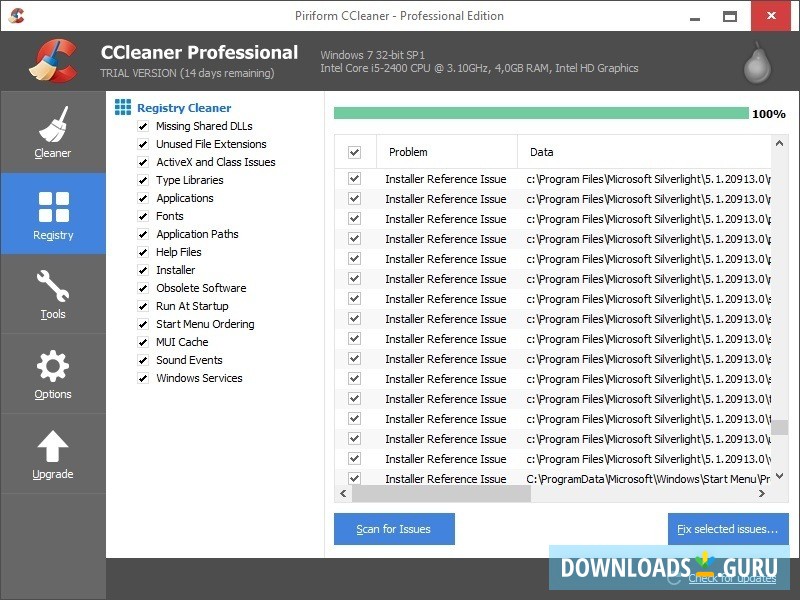
- Detect safe browsing update for free#
- Detect safe browsing update software#
- Detect safe browsing update password#
It’s a brilliantly simple way to boost your browser security. HTTPS Everywhere: This simple extension forces sites to use HTTPS if they have it available.It can improve your security considerably because it enables you to use highly random, long, and unique passwords across multiple devices.

Detect safe browsing update password#
NordPass: NordPass is a password manager, password generator, and a whole lot more.Any anti-tracker worth its salt will help block cookies, pixels, and other trackers and threats. Anti-trackers: These comprehensive extensions offer a number of features that help reduce privacy and security threats.Script blocker: In addition to reducing or eliminating ad exposure, script blockers also help counteract many dangerous scripts that can invasively track you or even deploy harmful malware.This reduces its impact on your bandwidth, providing a compromise between security and speed if all you’re doing is browsing. NordVPN browser extension: This proxy browser extension for Chrome, Edge and Firefox works much like a traditional VPN, but it only routes your browser traffic through the encrypted VPN tunnel.These tools plug right into some of the most popular browsers and boost your security considerably. One of the best ways to boost your online security is a browser extension. Fortunately, most of those can be incorporated as part of your browser. Once it’s installed, there’s any number of things it could do to your machine, and none of them are pleasant.Įach of these threats can have different security solutions.
Detect safe browsing update software#

Stop websites from identifying you based on your unique. Be careful around sites that only use HTTP.īut what are bad certificates? HTTPS uses certificates to ensure that both parties (you and the website you’re visiting) are who they say they are. True private browsing that keeps your data safe and secure from prying eyes. It’s not perfect, but it offers a basic level of security that users should expect as standard online. Just visiting the wrong site can sometimes compromise your security.īad certificates/no HTTPS: HTTPS is an online browsing encryption protocol. If they prompt you to download a file you weren’t expecting or take you to a site other than the one you meant to visit, cancel everything and close your browser.


This week we’re adding information about sites that host unwanted software, allowing developers to better protect their users as well.
Detect safe browsing update for free#
Safe Browsing API: We already make Safe Browsing data available for free to developers.Over the years, we’ve built Safe Browsing into other Google products to help protect people in more places: In the early days, we focused on detecting dangerous sites and then showing people warnings.īut, just as attacks become more sophisticated, we’ve made sure our own technologies have kept up. Since its earliest days, Safe Browsing has been widely available, and free-for users, site owners, and other companies-to use and integrate into their own products.


 0 kommentar(er)
0 kommentar(er)
